What? You still don't know the best assistant for 5G? Fast forward!

What? You still don't know the best assistant for 5G? Fast forward!
who I am
Hello everyone, my name is OpenStack, a standard post-10s, you can also call me O classmate.
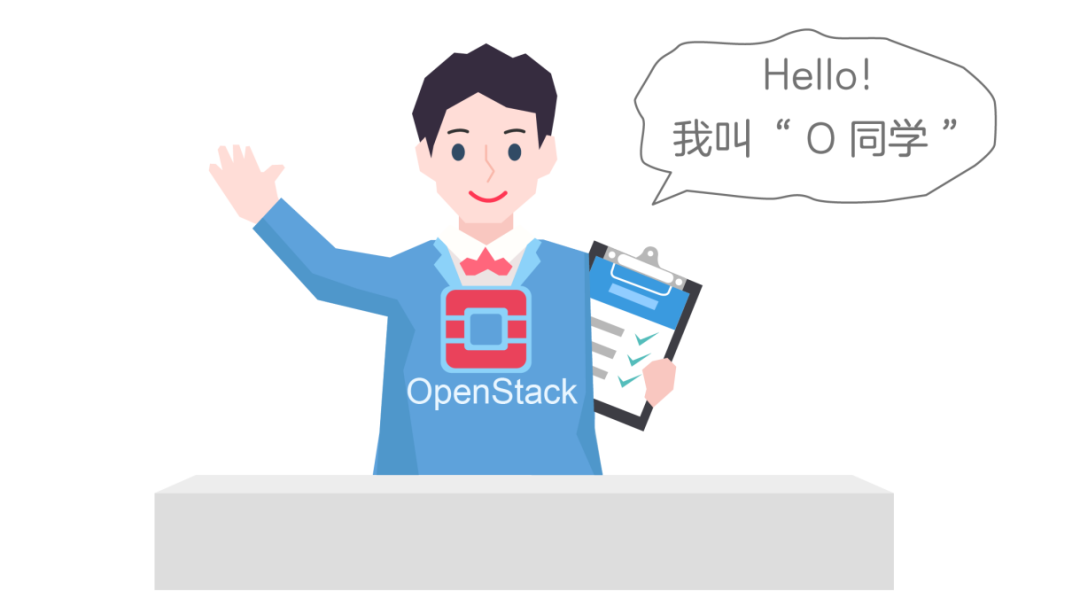 picture
picture
Some people say that 5G is a smarter network, like a Rubik's cube that can change according to needs and provide the most suitable services, which is inseparable from the role of virtualization.
And OpenStack is showing its talents and playing an increasingly important role. Let me give you a complete self-introduction today. Why is it called OpenStack?
That's because I am an open source cloud computing management platform project, and multiple components cooperate to complete specific tasks. Each of my components can run independently, and the source code is open for everyone to view and use for free.
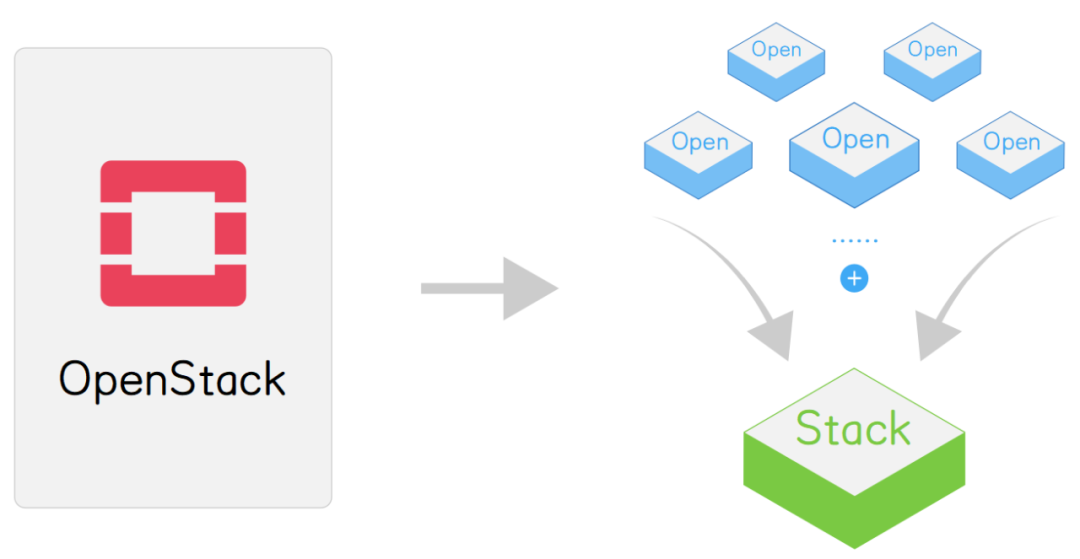 picture
picture
Therefore, you can understand me as a stack of multiple open (Open) components.
So, where am I in the NFV architecture for 5G and what can I do?
Everyone knows that MANO in NFV includes three modules: NFVO, VNFM and VIM. Among them, the role of VIM has been in the situation of competing for the throne.
And I was chosen as VIM by most manufacturers and users because of the flexibility of open source and rapid evolution.
I connected the upper-level application program and the lower-level general-purpose hardware, managed computing (CPU), storage (hard disk), network (network card) and other related hardware resources, and provided various application programs to complete specific functions. With the support of virtual switching software Realize the virtualization management of resources.
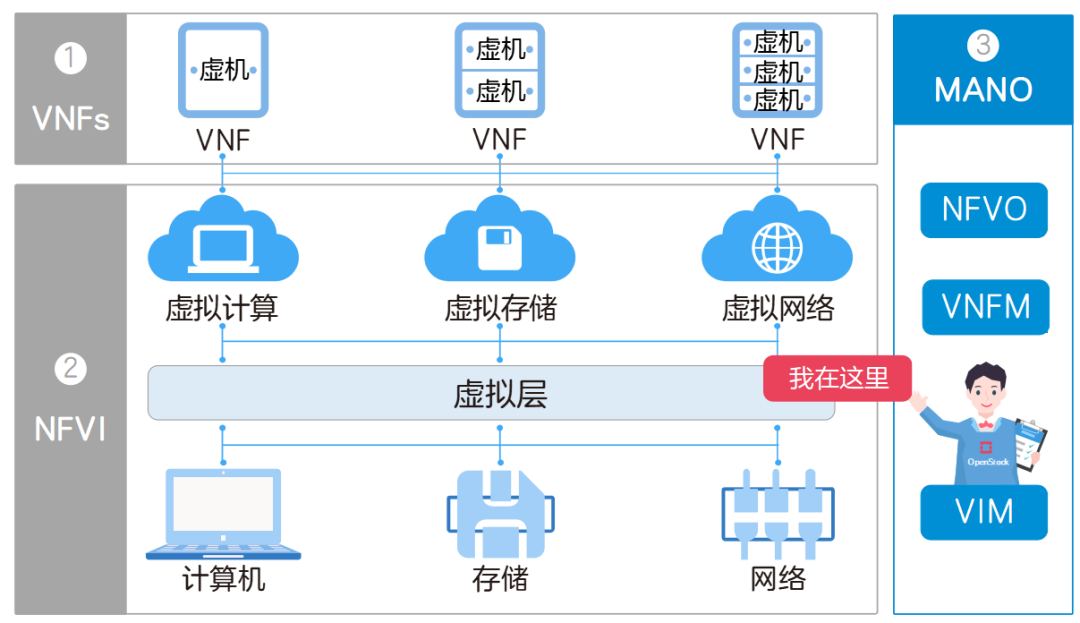 picture
picture
To put it simply, I can be understood as a cloud operating system that allocates and flexibly calls hardware resources on demand.
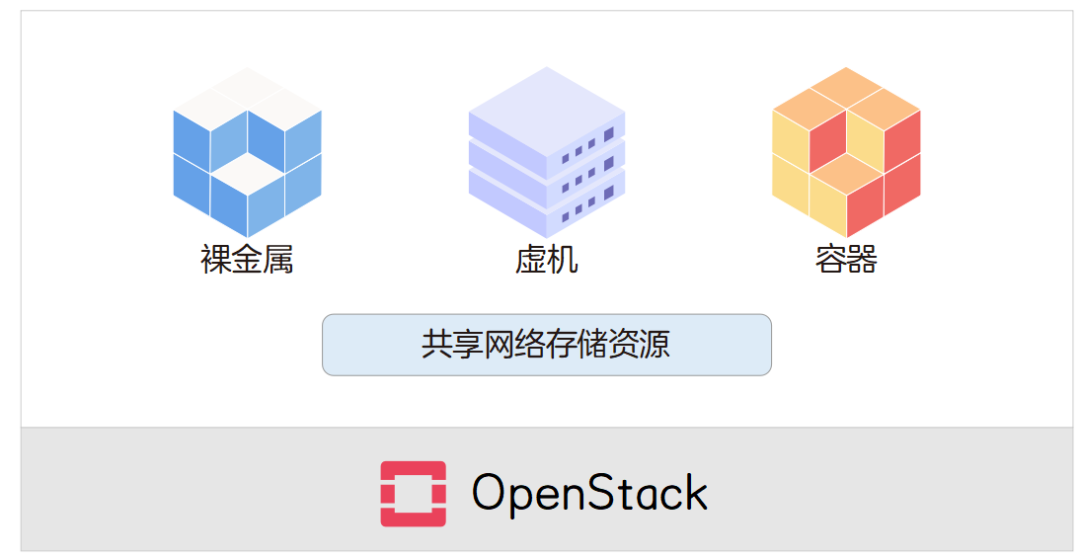 picture
picture
Having said that, some people will ask questions: How do different components work?
We can start with the process of creating a virtual machine. After obtaining the authentication information from Keystone, the user sends a request to Nova to create a virtual machine, and Nova sends an authentication request to Keystone, confirms that the token returned by Keystone is a valid user, and then returns a valid authentication. Then, Nova obtains the image file and the network information needed to create the virtual machine from Glance and Neutron respectively, and completes the creation of the virtual machine based on these information.
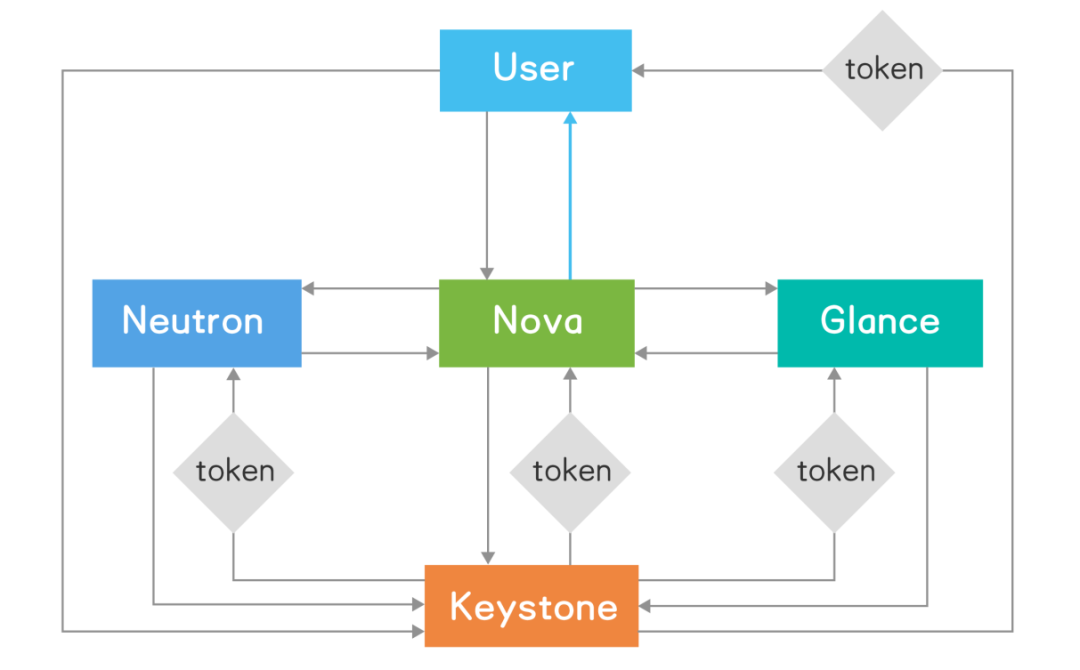 picture
picture
It seems a bit abstract, but if you think of this process as assembling a new office computer (you can think of it as the virtual machine mentioned earlier), it may be easy to understand.
First, you come to the door of the warehouse and show the authentication information (token) to the guard (Keystone). After the guard agrees, you go into the warehouse.
I found the warehouse administrator (Nova) and put forward your configuration requirements for the computer. So the warehouse administrator got the various components you want from the warehouse, and brought the operating system image (Glance).
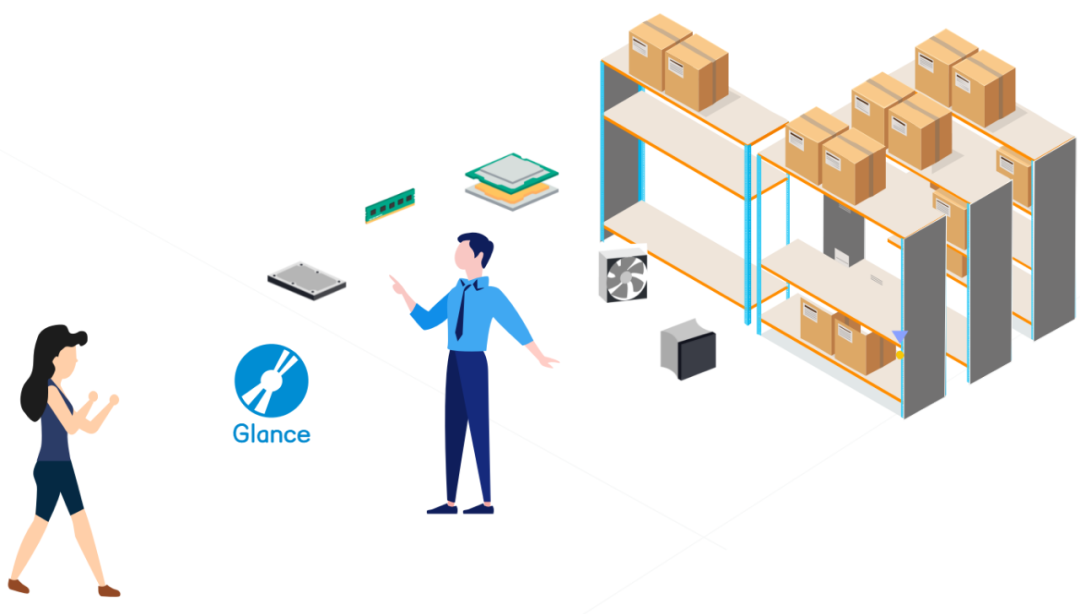 picture
picture
Finally, I went to the network administrator (Neutron) to open the network for the new computer.
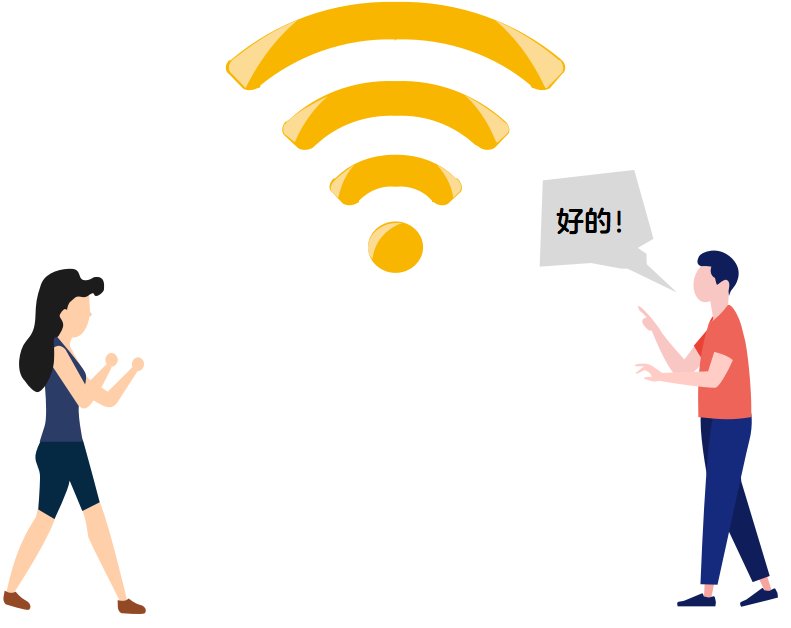 picture
picture
A new computer (virtual machine) is installed in a few minutes, and it can be used after booting. Don't you think it's amazing!
my past
So, where do these magical powers of mine come into play?
In fact, since I was born, the place I am most familiar with is the field of IT (Information Technology).
In the IT field, many servers suffer from the same problem: insufficient utilization of resources such as computing, storage, and network bandwidth.
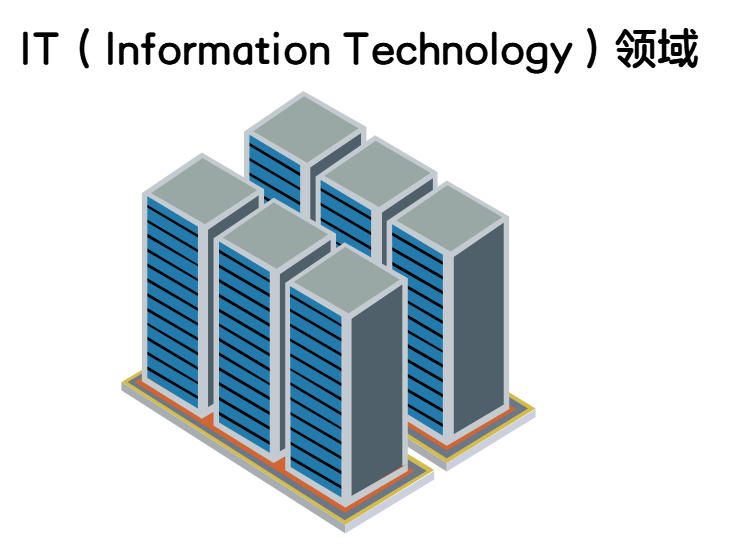
What is underutilization of resources?
Take a chestnut,
During the Spring Festival travel season, there will be a large number of users rushing to buy train tickets online, causing a large number of queues on the Internet and overloading the server.
If the Ministry of Railways purchases a large amount of server hardware to meet the demand during the Spring Festival travel season, then once the Spring Festival travel season passes, most of the server resources will be idle.
Is it extravagant? Waves are not wasted?
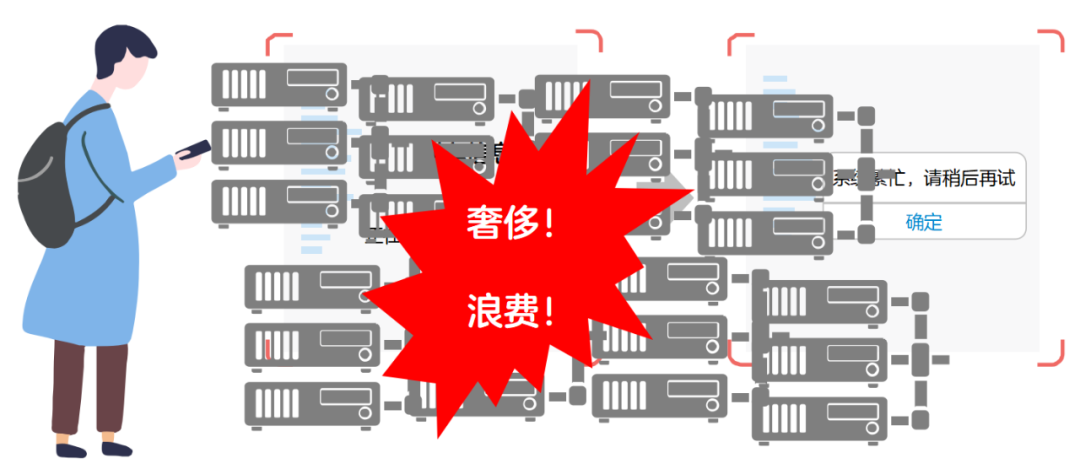
At this time, I, student O, have the advantage.
Compared with fixed physical hardware resources, the function of "flexible call to resources" makes me faster and more convenient.
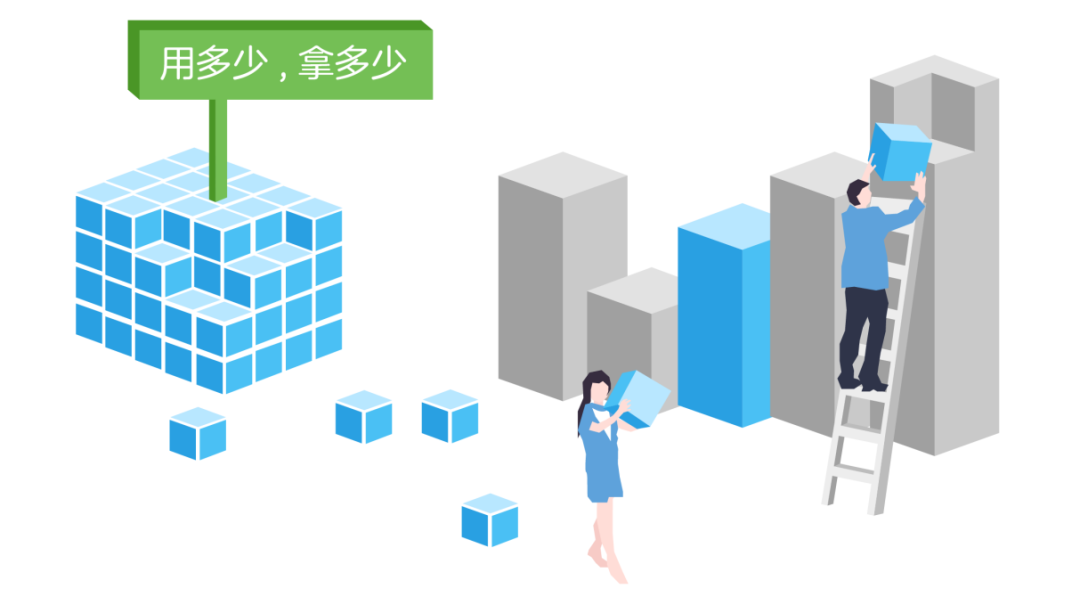
After discovering that student O has such a significant advantage, the telecom operator began to think about wanting me to enter the field of CT (Communication Technology).
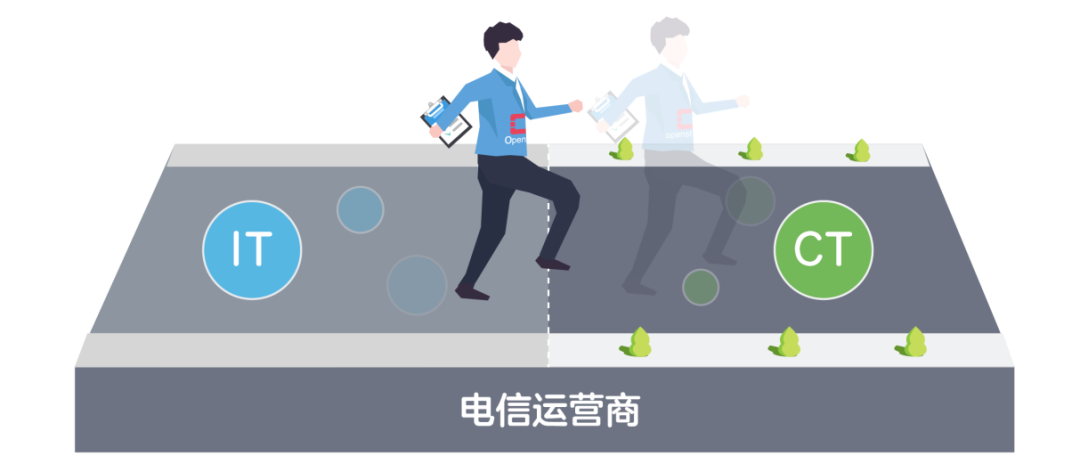
However, there is a big difference between IT and CT fields, so how can we give full play to our advantages?
Let’s first take a look at the special requirements in the CT field.
The CT field requires convenient and automatic services to realize elastic sharing of resource pools; it must have a series of high performances such as high reliability, interoperability, and unified management, and respond to needs.

It seems a bit incomprehensible, let's give another chestnut.
For example, ordinary Internet telephony services do not need to promise performance indicators during calls, while carrier-grade voice services have certain requirements for indicators such as delay and jitter rate. In addition, the carrier-grade voice service also requires that the service can be quickly restored after a major disaster, which is not in the IT field.
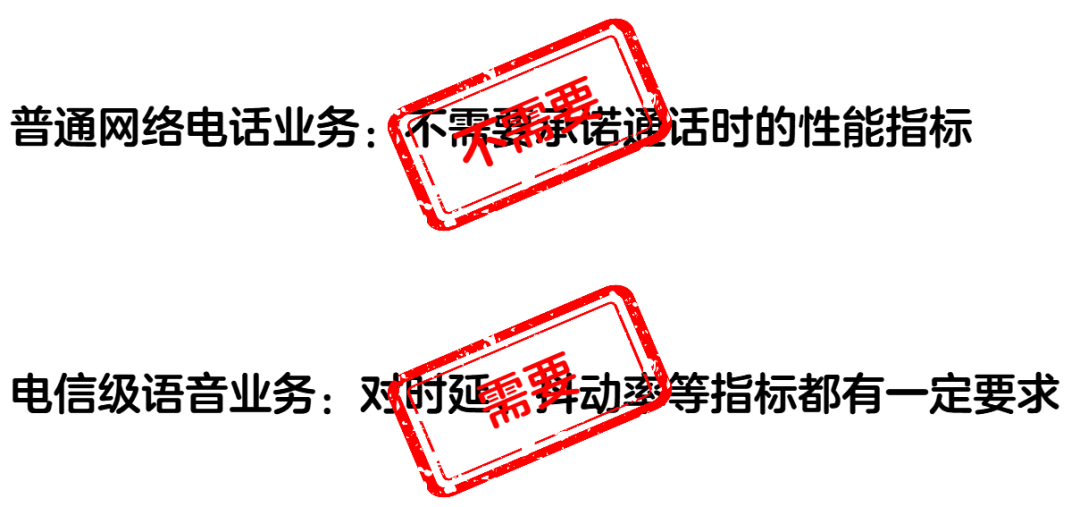
Although I don't want to admit it, my ability is limited, and I still have the following gaps from the telecom-level commercial requirements:
- Performance is not guaranteed, and the minimum guaranteed bandwidth capability for users cannot be guaranteed when virtual machines are deployed.
- No commitment to reliability, less reliability mechanisms.
- Insufficient security, not enough secure encryption means.
- Insufficient maintainability, not easy to carry out operation and maintenance management.
Alas, well, I admit that the carrier-level requirements are a bit difficult for me.
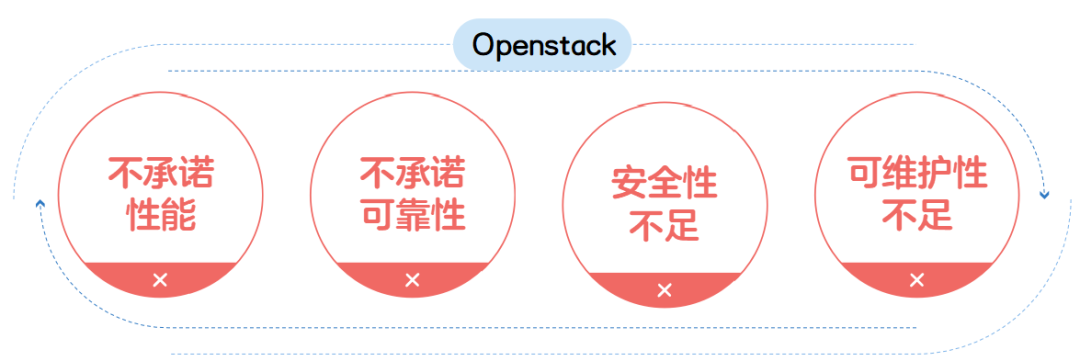
 picture
picture
my current situation
Think I'm just giving up? of course not.
No, in response to the low resource utilization, high cost, and lack of flexibility in the traditional telecom industry, ZTE has upgraded me and developed my PLUS version—TECS OpenStack, which is based on OpenStack. A cloud computing and management platform that integrates NFV architecture.
So, what changes have been made in this upgrade?
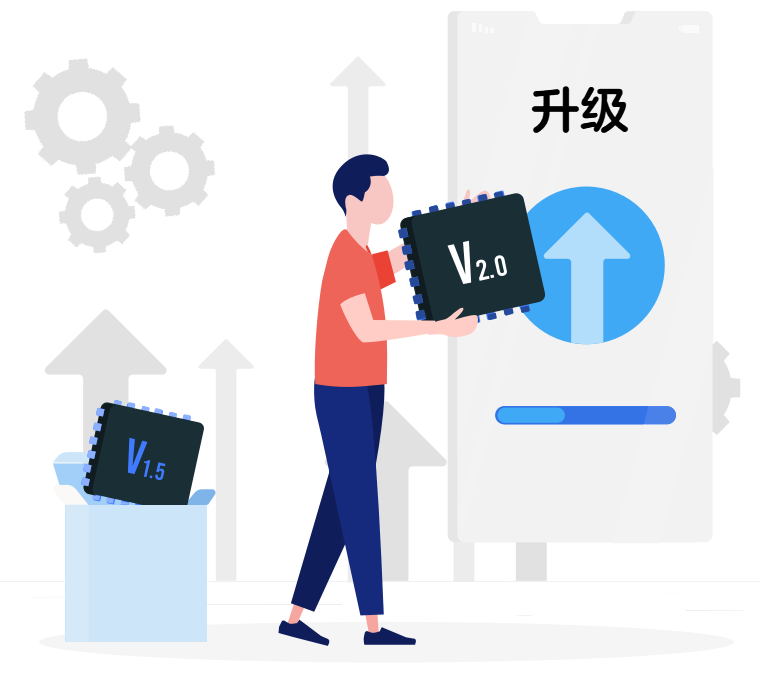 picture
picture
Take a look at the software structure diagram of TECS OpenStack, which is mainly composed of unified API interface, execution domain service and operation domain service.
- The unified API interface mainly realizes the connection with the cloud management platform or upper-layer applications.
- The execution domain service is mainly composed of the native components of classmate O and I, and has been enhanced on the basis of the original service. The upgraded TECS OpenStack adds additional "armor" on the basis of the original virtualization.
- The operation domain service is a new "armor" added by TECS OpenStack to improve product reliability and maintainability.
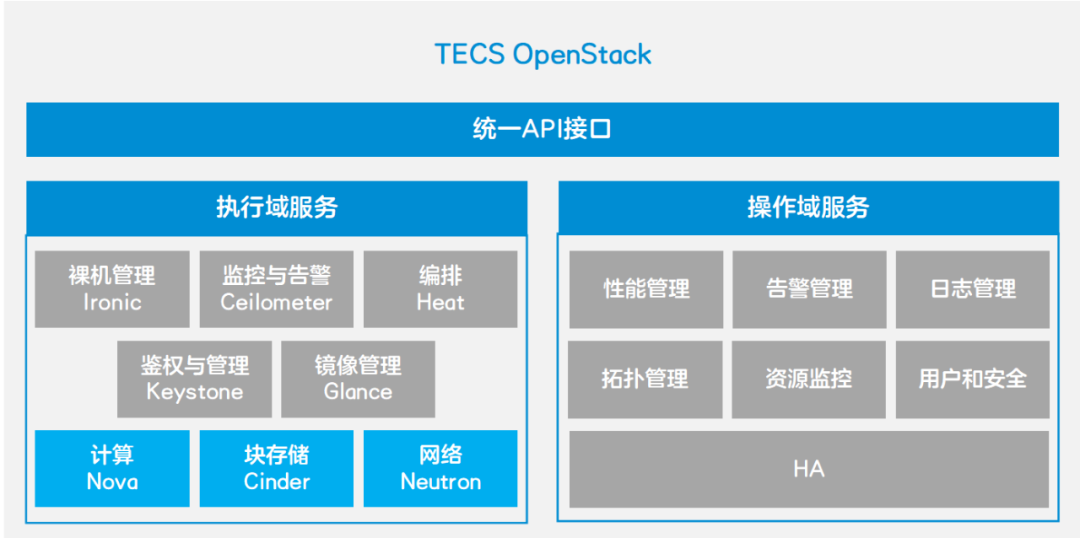 picture
picture
Having said so much, let me summarize the "armor" added by TECS OpenStack, and what are the specific ones!
- Computing virtualization: Improve virtual machine performance, high security, and achieve fast and flexible deployment.
- Network virtualization: Improve virtual machine forwarding performance, have good scalability, reduce costs, and reduce network resource occupation.
- Storage virtualization: Improve storage reliability and save storage resources through converged deployment.
- Others (reliability and maintainability): convenient operation and maintenance, improved system reliability, automatic analysis and troubleshooting, and independent configuration of software and hardware.
Although the application requirements of the CT domain and the IT domain are different, relying on the above "armor functions", my deficiencies in the CT domain are all made up for by TECS OpenStack one by one.
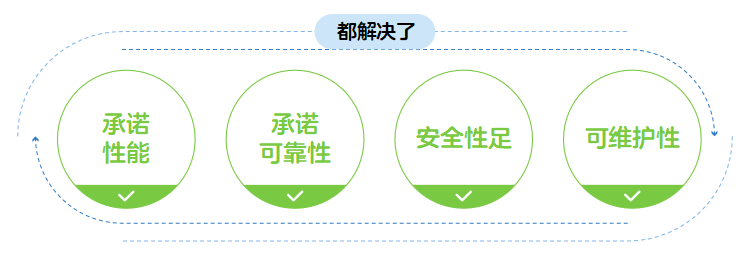 picture
picture
Not only that, TECS OpenStack also adds many unique performance enhancements that are not required by the IT domain. These enhancements meet the requirements of 5G large bandwidth and low latency, and meet the scenarios of 5G edge computing. Meeting the requirements of 5G construction enables TECS OpenStack to be more perfectly applied in the field of telecommunications.
On the surface, TECS OpenStack only completes the infrastructure management function in the NFV architecture, but once it is combined with the other two parts of VNFM and NFVO in MANO, it can realize the "smarter network like a Rubik's Cube that can respond to needs" change and provide the most suitable business”.
Now you should know me~
 picture
picture